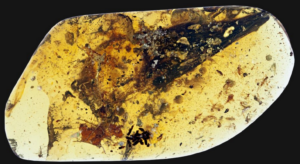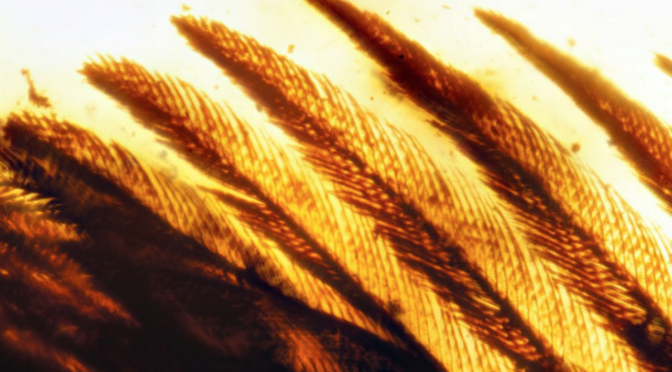Did birds look similar to how they do now 99 million years ago? Most people would assume no, but this recent finding is proving otherwise! When it was first found that feathers could survive fossilization, it turned everything upside down. It was assumed that only hard tissue like cartilage and bone could survive for millions of years.
A recent paper published in Nature Communications, discovered that two bird wings had been preserved in non other than amber! These wings date back to a staggering 99 million years old – so how is this possible?! Previous findings said that wings are preserved in 2 dimensions, like the bone and soft tissue. An odd feather or two had been found in fossilized amber before, but an entire intact wing like this is unheard of!

It has been found in the Burmese amber deposits which date to the mid-Cretaceous. Within these amber deposits, there are been an array of different bugs, flora and animals that have all been perfectly preserved. This tree resin has allowed things like entire lizards to stay frozen in time, over millions of years.
Because of these findings, researchers are now able to learn a lot more about how ancient birds operated. They are able to see the first examples of hair follicles and how the feathers are arranged. Using X ray micro CT scanning, they are able to see the structures of their bones. What’s interesting is these wings seem to have interlocking feathers, meaning the birds had a much stronger ability to fly.
The size of the wings suggest the animal belonged to a group of birds called Enantiornithes.
Could you imagine life 100 million years ago? Not just 1 or 2 million years, but 100?! It seems so surreal we are still able to find evidence of early life on our planet.
What do you think life looked like back then? How did the animals interact and what exactly did they look like? One of the biggest and most interesting questions about our mysterious past was, were some of the animals strange colors?
Thanks to IFL Science for this info!

